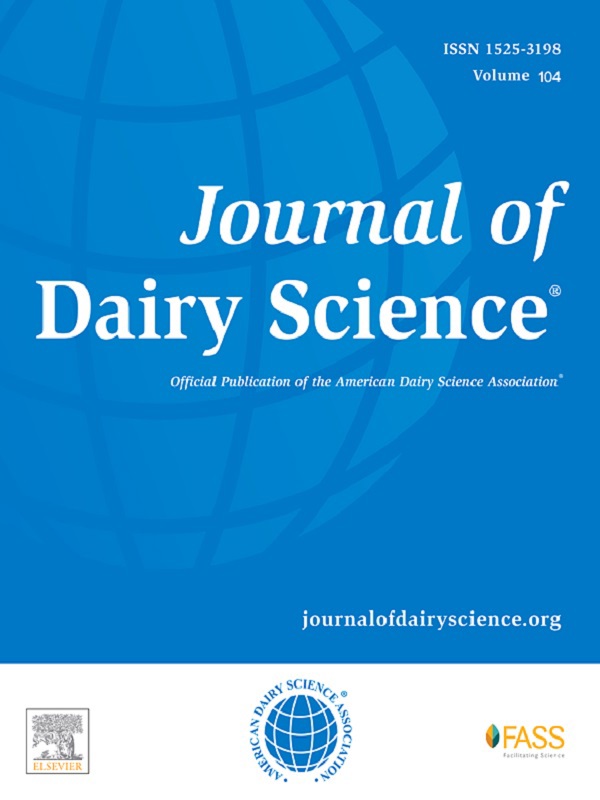Effects of supplemental calcium gluconate embedded in a hydrogenated fat matrix on lactation, digestive, and metabolic variables in dairy cattle
Ruminants
2021
Open Access
RESEARCH| VOLUME 104, ISSUE 7, P7845-7855, JULY 01, 2021
J. Martín-Tereso, J. Doelman, M. V. Sanz-Fernandez, J. B. Daniel

ABSTRACT
There is growing evidence suggesting that by improving gut integrity and function, less energy is partitioned toward immune responses related to xenobiotic infiltration, sparing energy for productive purposes. Gluconic acid and its salts have previously shown prebiotic effects in the lower gut of nonruminant animals, where they serve as a precursor for butyrate, although evidence in ruminants is limited. Butyrate and its fermentative precursors have demonstrated multiple beneficial effects to gastrointestinal ecology, morphology, and function, such as the stimulation of epithelial cell proliferation and improvement of gut barrier function and ecology. The objective of this study was to evaluate changes in milk production, milk fatty acid composition, and fecal and blood parameters in lactating dairy cattle fed a hydrogenated fat-embedded calcium gluconate (HFCG) supplement designed to target the hindgut for calcium gluconate delivery. In addition, the effects of a compound feed processing method (i.e., incorporated into a mash or an extruded pellet) were tested to evaluate the effect of extrusion on product efficacy. Forty-five lactating Holstein cows at approximately 165 d in milk were used in a 3 × 3 Latin square consisting of three 28-d periods, during which animals were offered a basal ration mixed with 3 different compound feeds: a negative control in mash form containing no HFCG, or the HFCG supplement fed at a target rate of 16 g/d, delivered in either a mash or pelleted form. Supplementation of HFCG tended to increase yields of milk fat and fat- and energy-corrected milk. Total yields and concentrations of milk fatty acids ≥18 carbons in length tended to increase in response to HFCG. Plasma nonesterified fatty acids and milk urea increased in HFCG treatments. No differences were observed in fecal pH or fecal concentrations of volatile fatty acids, with the exception of isobutyrate, which decreased in HFCG-fed cows. Changes in milk fatty acid profile suggest that increased milk fat yield was driven by increased incorporation of preformed fatty acids, supported by increased circulating nonesterified fatty acid. Future research investigating the mode of action of HFCG at the level of the hindgut epithelium is warranted, as measured fecal parameters showed no response to treatment.